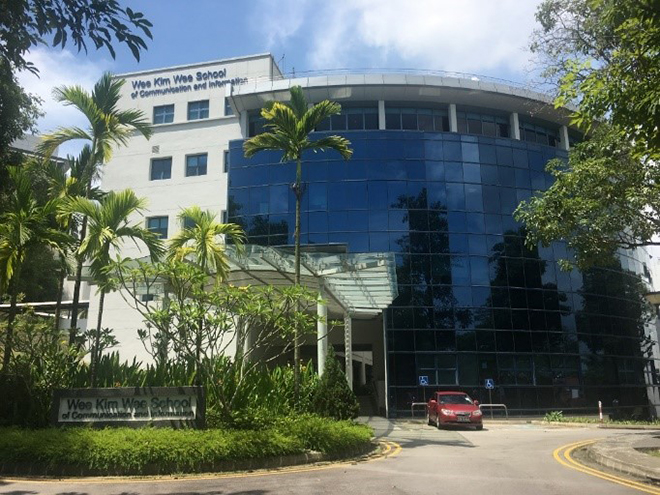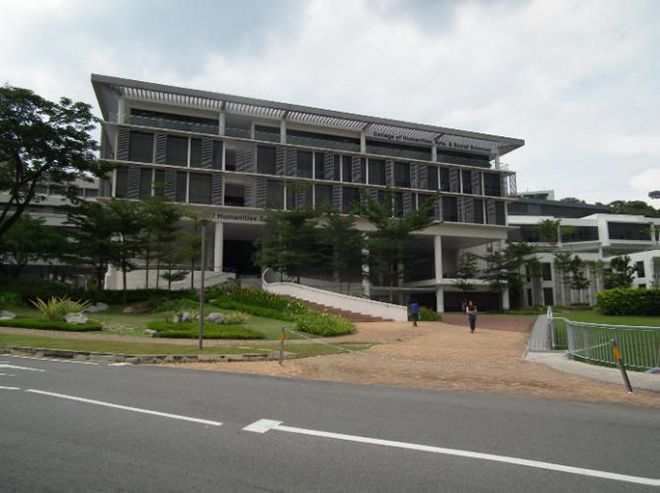Singapore’s buildings are responsible for more than one-third of our total energy consumption. Thus, to become more energy-efficient as a country, we cannot afford to ignore our buildings. The Building and Construction Authority (BCA) recognises this, and has been working closely with built environment partners and stakeholders to make our buildings more environmentally sustainable.
BCA launched the BCA Green Mark Scheme in 2005 to encourage the development of more environmentally friendly and sustainable buildings — early steps towards the goal of greening 80 per cent of all local buildings by 2030. In addition, BCA is now taking greater strides towards greening buildings in Singapore.
This deeper shade of green for our buildings will come in the form of Super Low Energy and Zero Energy Buildings. BCA’s Super Low Energy (SLE) Programme is a drive towards the use of cost-effective, efficient, and renewable energy solutions in the built environment sector. To recognise firms that have pushed the boundaries for greening, BCA introduced the BCA Green Mark for SLE Certification framework at this year’s BCA Awards. There are two categories under this framework: Super Low Energy and Zero Energy.
To qualify for these certifications, buildings will first have to achieve at least a BCA Green Mark Gold Award. Buildings that consume 40 per cent less energy based on prevailing building codes will then be certified SLE. Buildings that generate enough renewable energy to cover all of their energy consumption, including plug load (the energy consumed by devices plugged in within the building), will also be certified as Zero Energy Buildings.
17 projects from seven private and public sector developers have received the inaugural batch of Green Mark for SLE Awards, with eight of the awards going to campus projects by Nanyang Technological University Singapore (NTU Singapore) alone! One of these projects is certified as Super Low Energy, while the other seven are certified as Zero Energy Buildings. In other words, seven buildings on NTU’s campus do not contribute to Singapore’s overall electricity consumption!
The secrets behind NTU’s very green campus include a variety of energy-saving initiatives, such as a campus-wide solar energy harvesting system and a “Passive Displacement Cooling” system which uses convection to keep rooms cool. In particular, NTU’s School of Humanities and Social Sciences features efficient water-cooled air-conditioning systems, energy-efficient LED lights and motion sensor toilets and staircases which keep lighting usage flexible. Beyond this, NTU’s Wee Kim Wee School of Communication and Information has also been upgraded with variable speed drives for pumps and water leakage detection systems to avoid unnecessary waste.

Credit: NTU Singapore

Credit: NTU Singapore
Another noteworthy winner of the BCA Green Mark for SLE Awards is the Samwoh Smart Hub, which was certified Green Mark Platinum (Positive Energy). The building’s design incorporates energy- and water-saving measures such as double-glazed windows on the north and south facades to harness natural daylight and windowless east and west facades to reduce heat absorbed by the building from sunlight. It will also have on-site water recycling measures and a smart Building Management System (BMS) and Facility Management to optimise energy consumption. Apart from reducing energy consumption, Samwoh Smart Hub will also generate its own energy through the use of high-yield solar panels. These solar panels will produce about 110 per cent of the building’s overall energy needs — more than what the building will consume!

Credit: Samwoh Corporation
These projects are certainly no ordinary feats, and developers like NTU and Samwoh have been trailblazers in their effort to achieve higher green standards. BCA will continue to work together with the built environment sector to innovate and push the boundaries of the latest technologies, making Singapore a deeper shade of green.







